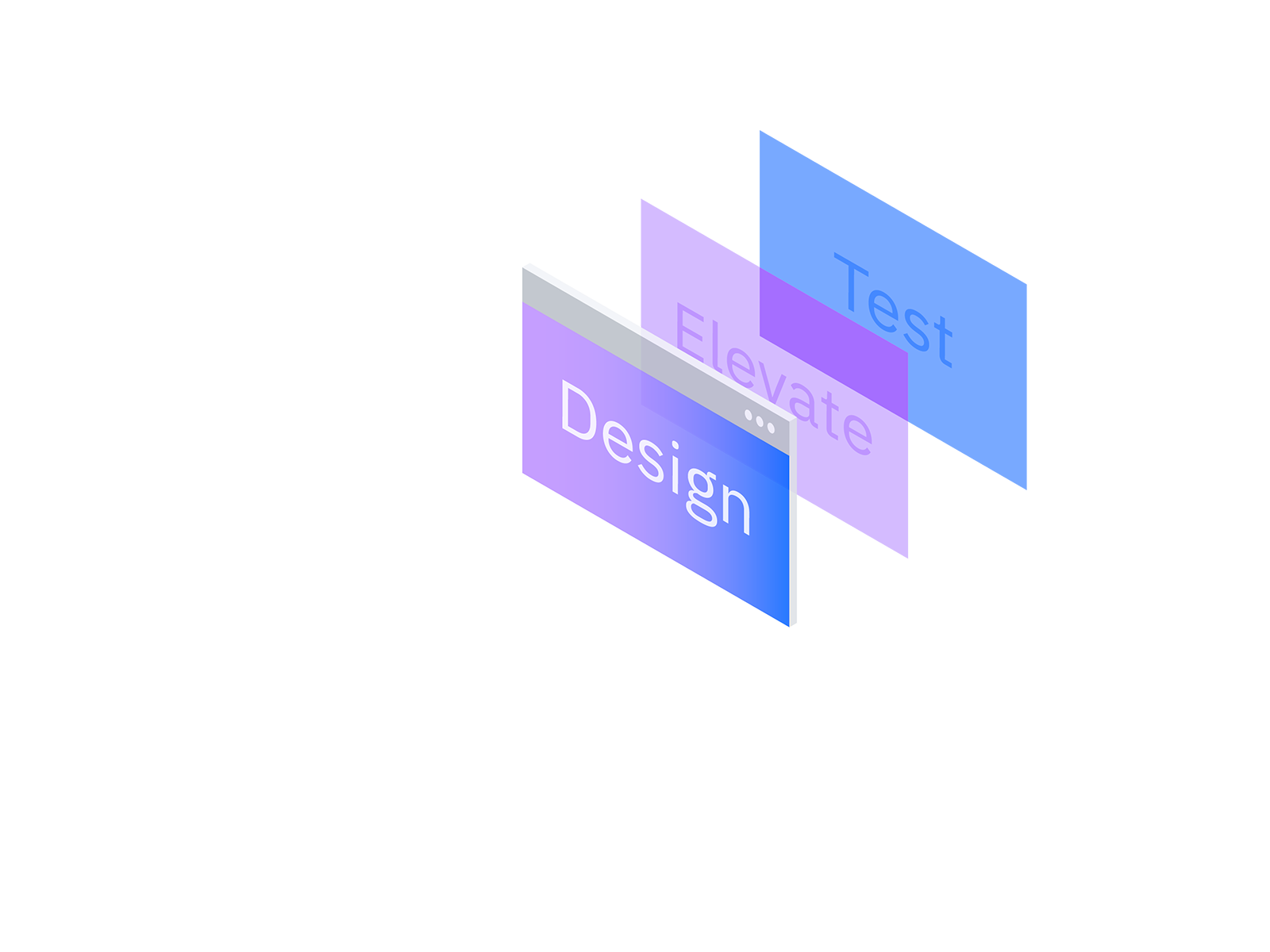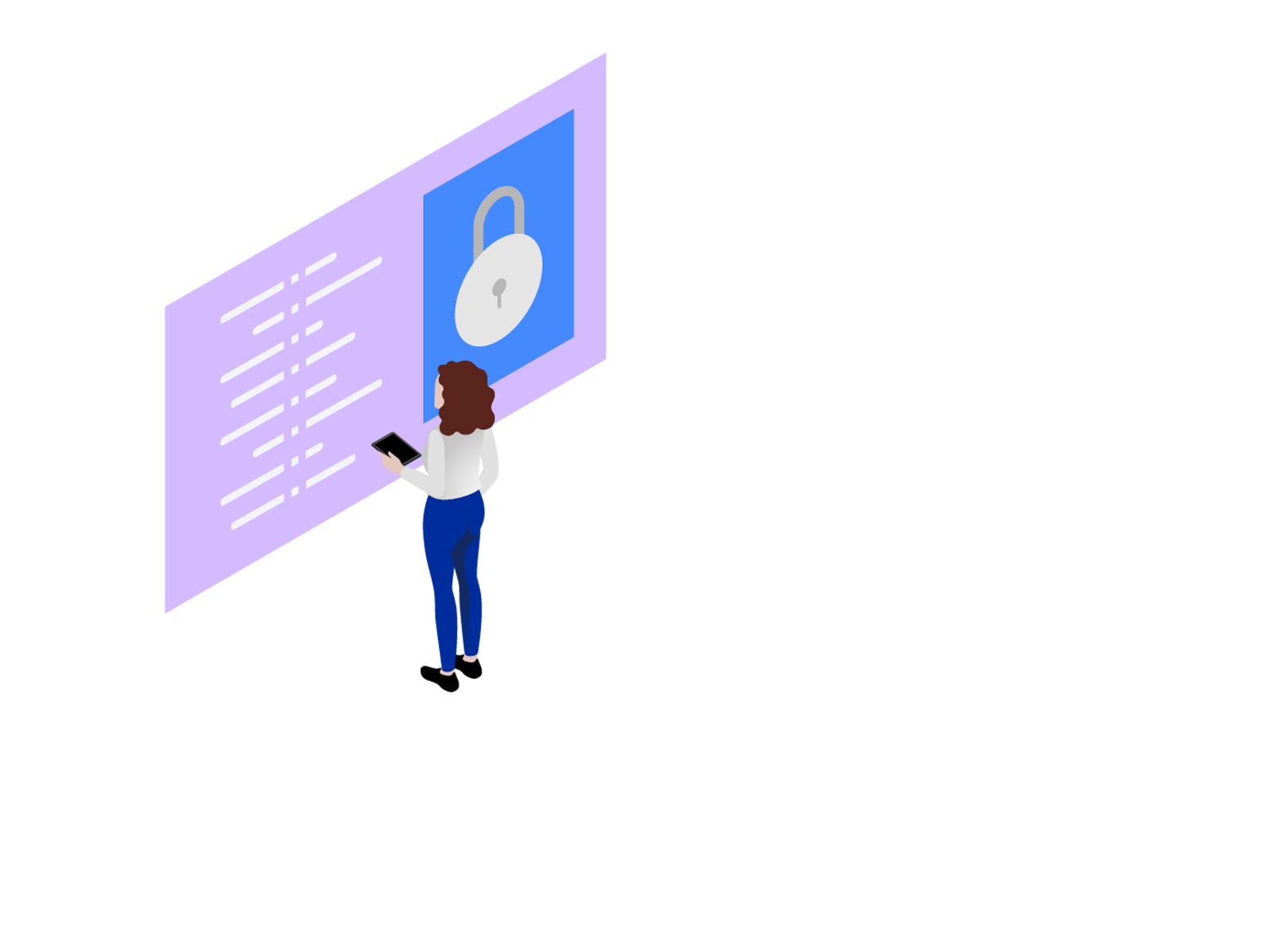You might have questions about modernizing your applications. Perhaps the most important is "Where do I start?"
1. Assessing your cloud workloads
How efficient is your current environment? When it comes to application-related IT cost, running existing apps can account for up to 27% of the median cost.1 This can be even higher depending on technical debt and how much of your portfolio you have to modernize. By assessing your cloud workload, you can explore the current environment and prioritize focus areas while understanding technical readiness. IBM is ready to help you select the optimal strategy to minimize disruption and realize value faster.

2. Case Study: Krungsri
Krungsri, Thailand’s 5th largest universal bank, needed to innovate quickly while reinforcing its leadership in the digital banking market. Customers shopping for a mortgage, auto loan, life insurance or retirement plan desired a simplified app experience with less clicks. Krungsri did just that using an open banking API platform for its partners while developing a future-ready enterprise microservice and DevSecOps platform.
3. Application Modernization Architecture
Whether your team is moving workloads in stages or working through a complete transformation, it’s imperative to build an application modernization strategy that takes advantage of the benefits of moving to the cloud.








